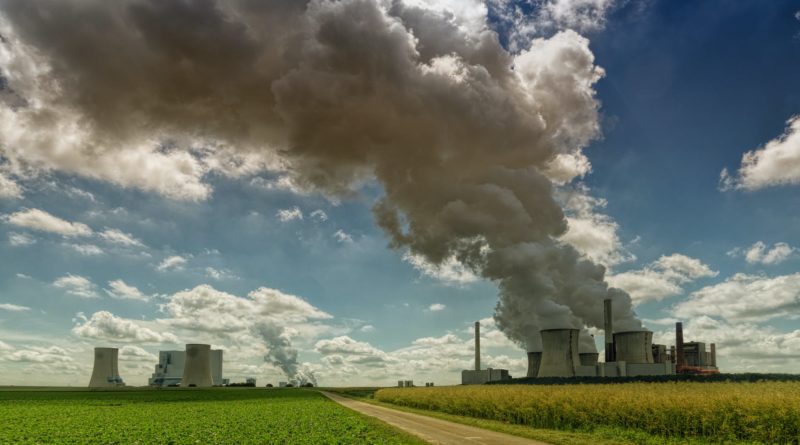The deteriorating economics of gas for power generation
According to Global Energy Monitor, power generation remains the largest use of gas, accounting for 38.5% of global demand (IEA 2019b). Recent analyses of the relative economics of gas versus renewable power packages that include storage conclude that renewables will make increasing inroads and eventually dominate the space currently occupied by gas, long before the 30–40 year lifespan of today’s new LNG infrastructure.
A project-by-project analysis of the U.S. by Rocky Mountain Institute (RMI) projected that clean energy portfolios (CEPs)—optimized combinations of demand-side management and wind, solar, and storage technologies—will be lower in cost than 90 percent of proposed gas-fired power units (Teplin et al. 2019).
For the 68 GW proposed to be built in the U.S. as of late 2019, the RMI study found the savings from implementing CEPs rather than gas plants to be US$29 billion. With imported LNG prices significantly higher in overseas markets than domestic gas costs in the U.S., the cost differential would be even greater in such markets.
Similarly a Carbon Tracker Institute study of South Korea found that the levelized costs of offshore wind, utility-scale solar PV, and onshore wind are already cheaper than the levelized cost of power from new gas plants, and could be cheaper than the levelized cost of power from existing gas plants as early as 2023–2025 (Gray et al. 2020).




